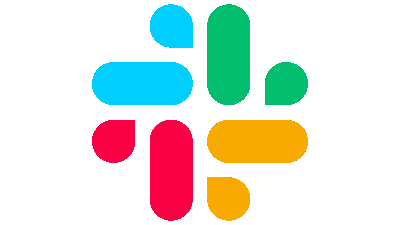Netnography analysis was applied to 282 Facebook posts and 1,554 tweets scraped from the Public and Commercial service union. Pursuant mobilization theory, The data was coded as Framing, Attribution, Action and Other. Results show that the majority of posts across both platforms were in the areas of campaigning, news, solidarity and strike action.
Interviews from representatives of 20 Canadian labor unions identified 5 core ICT functions, member services, internal democracy, mobilization, organizing and influencing public opinion; and 4 ICT affordances, visibility, intensification, aggregation and addressability.
33 British unions allowed access to their central Twitter accounts, garnering 167,658 tweets and information from 357,687 unique accounts. Using textual and network methods, the analysis shows how unions interact with large, diverse and unexpected audiences including members, other individuals and organizations within their stakeholder groups. Worker Twitter accounts exist within an ecosystem of other social media accounts.
1,804 Tweets were scraped from youth union members’ accounts. Prescriptive coding arrived at 11 categories: Recruitment, Campaigning, External Campaigning, Strike Building, Strike Action, Solidarity, Engagement, News, Democracy, Youth Forum/Conference and Other. The following questions were asked:
- What are union youth sections saying on social media?
- To what extent do unions focus their social media content on general or youth specific issues?
- Are the interactive benefits of Web 2.0 fully utilized by youth sections of trade unions?
While unions have a great opportunity in the use of social media to engage with new, young audience members, they are in reality heading further into the echo chambers.
Five hundred Facebook, YouTube, WhatsApp, Twitter and Instagram posts by spatially diverse Brazilian app-based food delivery workers organizing strikes for better labor conditions during “the Brake” were examined to study differences between connective logics and collective logics, as well as the characteristics of workers using social media to further movements: “adhocracy” and “tactical freeze.” Evidently, the posts merely supported direct street observations the author made.
Using 17 semistructured interviews and online ethnography, As a flexible organising strategy, such social media unionism requires a great degree of trust between organisations, and implies some risk for the union in terms of spending resources on a network over which it exerts only weak control.
An AI-enabled IBM chatbot was adapted for use by the US alt-labor network Organization United for Respect (‘OUR’) and subsequently reconfigured for use by the Australian labor union, United Workers Union (‘UWU’). Chatbots may potentially act as an instrument of ‘organising’ if they are so programmed.
After an extensive literature review of trades unions and Internet technologies, the lens focused on 69 semi-structured interviews of Chilean food manufacturing union workers interaction with social media between 2015 and 2019. Conclusion: not widespread. A trade unions’ identity can constrain how union movements craft digital technologies and social media.








